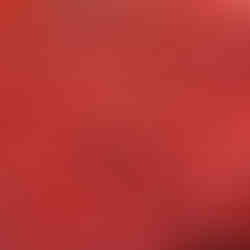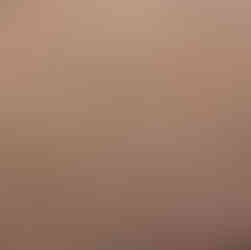Abstract Impressionism
- David Joyner
- Jun 12, 2023
- 2 min read
Updated: Jun 13, 2023
What is Impressionism? During the 19th century there were a number of influences that shaped changes in how and why art was being created. An emerging middle class was interested in buying art. The industrial revolution was shifting populations. New technologies like the railroad and the camera altered how people interpreted and experienced the world around them. Political shifts from monarchies to republics and democracies altered the sponsorship and genres of art. Historical, religious, and allegorical subject matter shifted to more secular themes. Cheap travel encouraged artists to engage with exotic locations and subject matter directly from observation. Also, new pigments and processes meant that mobile paint sets with an array of vibrant colors were available to amateur and professional artists alike. What emerged by 1870 or so was a loosely connected group of artists working in a more direct and gestural process. Taking the spectical of modern life as their subject, they were painting landscapes, cityscapes, seascapes, and even compositions including the industrial and suburban vistas. They were also painting the interiors along with different classes of people, from intimate parlors to bustle of cafes and cabarets.
One technical innovation is how artists interpreted light. Centuries before, Caravaggio, using probably about 5 colors: black, white, and several neutral colors, used a realistic and dramatic rendering of light and shadow to express a frozen moment of passion or violence. The impressionists, rather, used the blending of compliments to simulate not duplicate light. It's possible the camera no longer required artists to duplicate light, but more likely painting from observation required a visual shorthand to render and capture the ephemeral quickly. Further, the Post Impressionists and Fauves made more arbitrary color choices and increased the energy of gestural marks and brushstrokes. Visible brushwork can collectively be called Divisionism. The term can be applied to a technique where an object or shape is composed of visible and usually uniform brushstrokes. As a student of art history and an abstract painter, I became interested in what these marks look like when you remove subject matter. Monet would alter the character, scale, and saturation to enhance distance, where Van Gough would rarely decrease saturation, especially in his later paintings. I often eliminate the horizon line to explore the variations of hue, value, saturation, and scale. I also incorporate the newest metallic and iridescent pigments. I have not altogether abandoned references to the landscape and everyday life, but instead of specific locations I imagine the vistas and harmonies of memory as well as possible compositions from distant moons or exoplanets.


















Comments